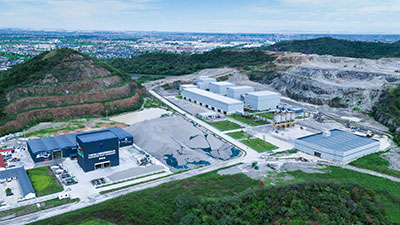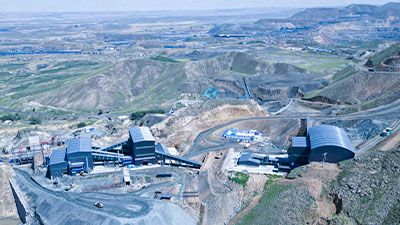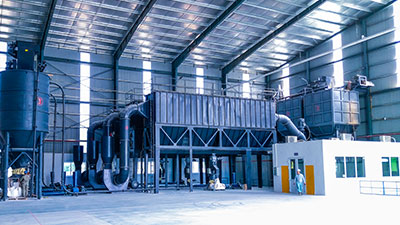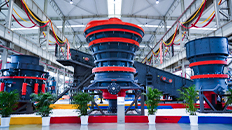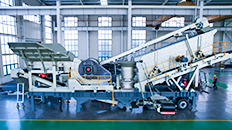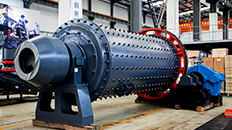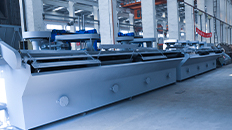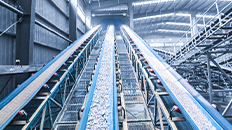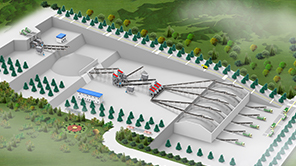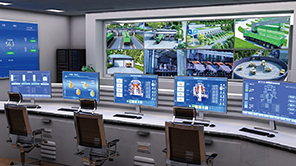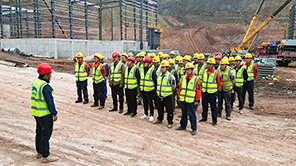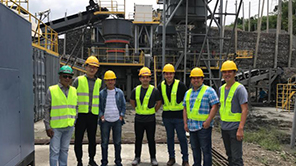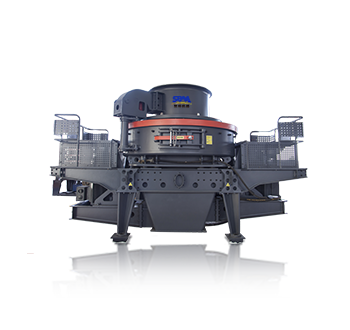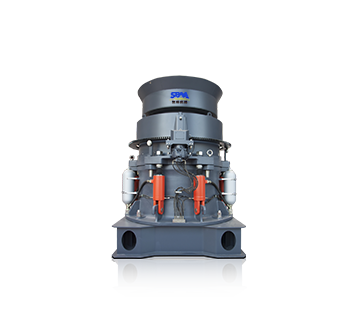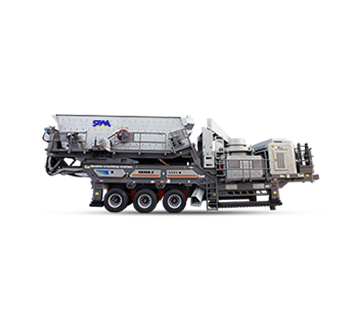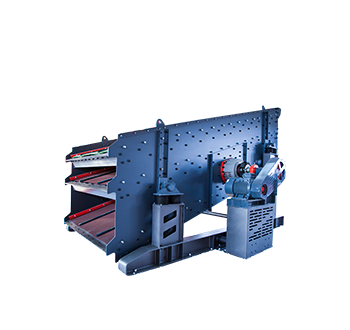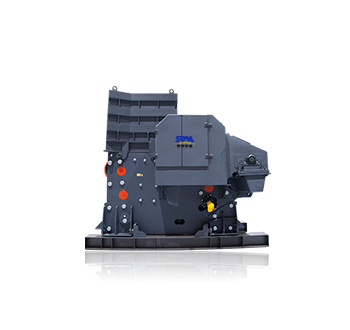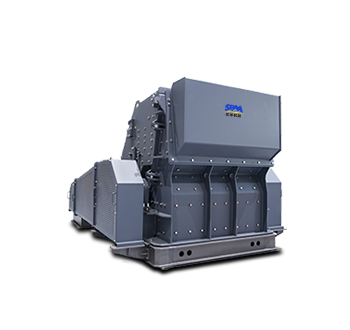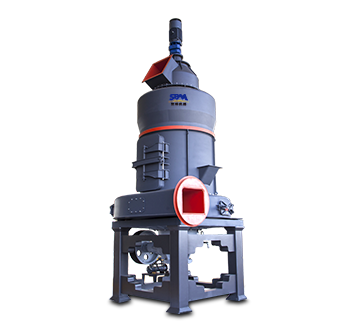Summary:Cone crusher has the characteristics of high production capacity, small product size, stable operation and reliable performance, and is widely used in fine crushing operations.
Hydraulic cone crusher is the key equipment for fine crushing operation in large and medium-sized mine dressing plants. It has the characteristics of high production capacity, small product size, stable operation and reliable performance, and is widely used in fine crushing operations.



6 major structures of multi-cylinder hydraulic cone crusher
1. Multi-cylinder structure
Multi-cylinder hydraulic cone crusher refers to a plurality of hydraulic cylinders distributed around the circumference of the frame. The structure can realize the connection of the upper and lower frames as a whole during the crushing process, as well as the protection of unbreakable objects and the cavity cleaning function of sudden shutdown.
The hydraulic cylinder for cleaning the crushing cavity has a long stroke and has nothing to do with the wear of the lining plate, which can reduce the cleaning workload and quickly clear the cavity, thereby shortening the downtime. Compared with the single-cylinder hydraulic cone crusher, it is unnecessary to remove the connecting bolts of the upper and lower frames under the same working conditions, and the upper frame can be easily adjusted, which is labor-saving and convenient.

2. Fixed shaft structure
The multi-cylinder hydraulic cone crusher adopts the separate design of the main shaft and the moving cone. The main shaft and the lower frame are integrated into a whole through the taper interference fit, so that the diameter of the main shaft can be designed to be large enough to withstand a large load and crush materials with high hardness. In addition, when replacing the mantle, the moving cone can be directly lifted out of the lower lifting height, which is convenient for maintenance.
3. Hydraulic adjustment discharge port
Set the size of the discharge port through the PLC touch screen, and use the hydraulic system to adjust the fixed cone liner, that is, to adjust the discharge port by rotating the fixed cone up or down. In the process of adjusting the discharge port, the relative wear position of the fixed cone liner is always changing, so that the loss of circle of the fixed cone liner caused by local wear can be repaired, so that the wear of the liner is more uniform, which is conducive to ensure the size of the discharge port and meet the particle size requirements of finished materials.
4. Labyrinth seal structure
The seal between the moving cone and the eccentric sleeve and the seal between the eccentric sleeve and the frame adopts U-shaped and T-shaped sealing structure to form a labyrinth seal, also known as a non-contact seal, so there is no friction between each other and the sealing effect will not be affected by the change of the environment, making it durable and has long service life.
5. Various cavities structure
In order to meet different working conditions, a variety of crushing cavity types are designed, and the exchange of coarse, medium and fine cavity types between the standard type and the short-head type can be realized. The same model can be selected for the same project, but coarse, medium and fine cavity types can be selected according to different processes. Except for different cavity types, most of the parts are identical, which reduces the type and quantity of on-site spare parts and reduces customer inventory costs.
6. Lamination crushing
Hydraulic cone crusher generally adopts optimized lamination crushing cavity, coupled with its characteristics of large swing range, high swing frequency and large bottom cone angle, it can realize multi-particle lamination crushing.
When the solid raw materials are under some certain pressure, pressure distortion will occur. And when the pressure reaches to a certain degree, the particles will breaks and cracks in the weakest place. The concept of lamination crushing is that the crushing of rocks not only occurs between particles and scale board but also between particles and particles.
The final products of lamination crushing have good cubical shape and high strength, and do not need to be reshaped. It can be directly used in the commercial concrete mixing plant. Therefore, the current sand and gravel aggregate industry prefers to use multi-cylinder hydraulic cone crusher.
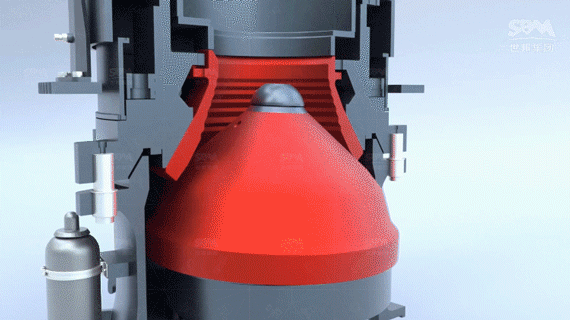
Attentions in the use of multi-cylinder hydraulic cone crusher
(1) The feeding size is not allowed to exceed the maximum feeding size
Excessive feeding particle size will cause the material to slip in the crushing cavity, which will seriously affect the crushing process and greatly reduce the output capacity. At the same time, if the feeding particle size is too large, it will have a greater impact on the crusher, affecting the normal use of the equipment, and even causing the main engine shutdown.
(2) The discharge opening is not allowed to be smaller than the minimum discharge opening size of the corresponding cavity type
If the discharge port is too small, the load current will be high, which will cause damage to the equipment, such as the burning of the copper sleeve, the premature damage of the parts, and in serious cases, the cone crusher will be shut down directly.
(3) The feeding should fill the cavity and evenly
Uneven feeding or inability to fill the cavity will cause large fluctuations in the load current of the main engine, reduce the output capacity, uneven wear of the liner, and shortened service life of parts.
(4) The operating load is generally 75%~90%
According to the material crushing situation, the general host load is controlled at 75%~90%, preferably not more than 90%. If the load is too low, the lamination crushing cannot be realized, and the equipment cannot exert its superior performance; if the load is too high, a large load will be generated on the copper sleeve of the host, which will shorten the life of parts such as the copper sleeve.
(5) Strictly control the moisture content of raw material
When crushing viscous materials, it is easy to cause the crushed materials to be difficult to be discharged from the crushing cavity, and the load current of the main engine increases, resulting in shutdown. Therefore, when crushing viscous materials, the moisture content must be controlled, generally not exceeding 5%.
(6) Avoid jumping of the support sleeve
Jumping of the support sleeve will damage the copper seat liner and also damage the main frame to varying degrees. The main reasons for the beating of the support sleeve are: ①The pressure of the safety cylinder is too low; ②The feeding is uneven, there is more material on one side, and less material on the other side, and the load is uneven; ③The feeding volume is too large, the load is increased, and the normal crushing of the material is affected. ; ④The discharge port is too small and the load increases.
(7) Control the temperature of lubricating oil
The multi-cylinder hydraulic cone crusher has large eccentricity, high power and large heat generation, so the viscosity of lubricating oil is a main indicator to ensure the lubrication effect. The cooler in the lubrication system can reduce the lubricating oil to a suitable temperature, so that the lubricating oil has a good lubricating and cooling effect.

